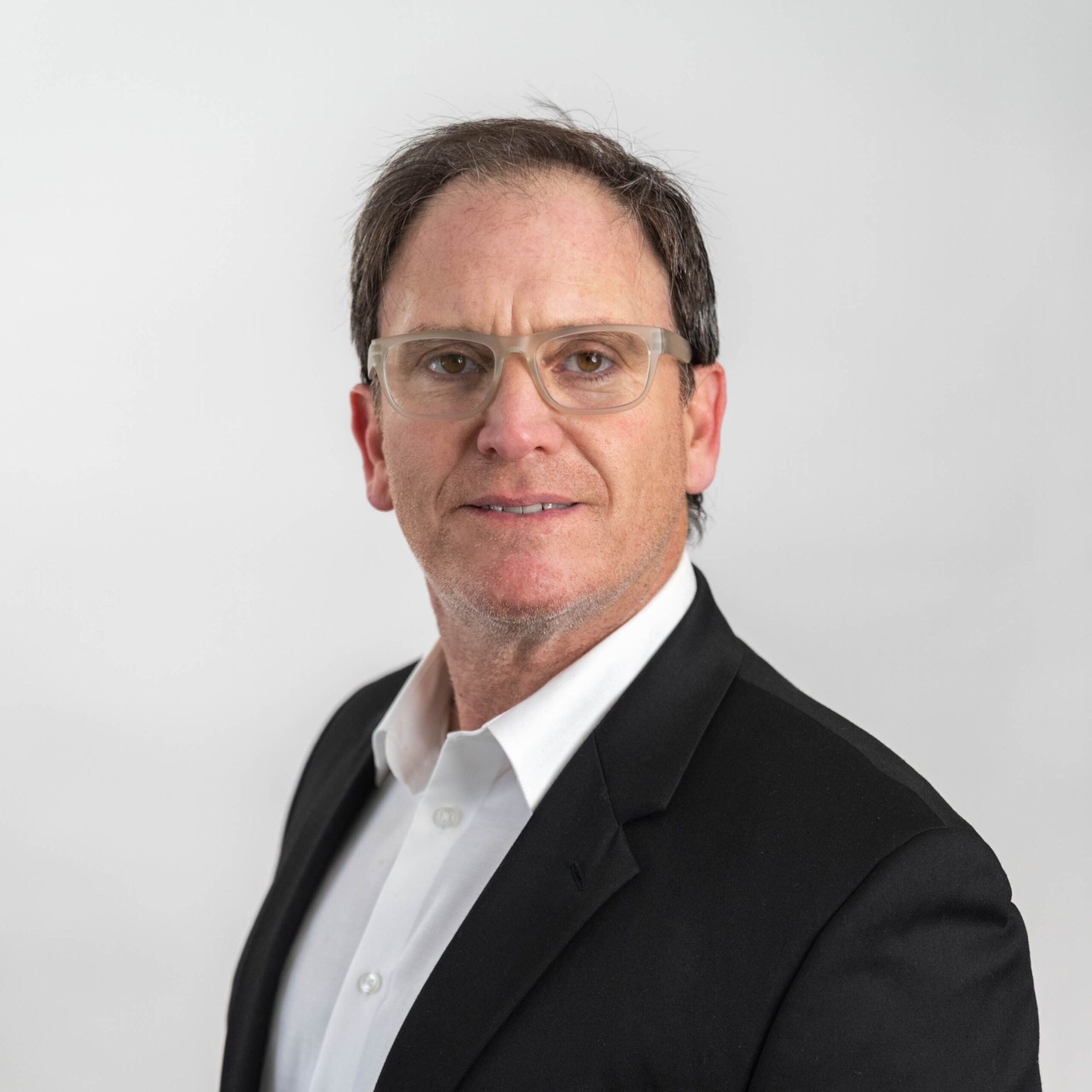According to the National Alliance on Mental Illness, just under 20% of adults in America have anxiety. That’s about one out of every five people. In some cases, anxiety is just part of being human, having worries, and experiencing traumatic events. But when anxiety begins to impact someone’s ability to function and hold relationships in the world, it needs to be treated with professional help.
At The Encino Detox Center, we specialize in anxiety and addiction-based disorders, and today, we are here to explore four forms of anxiety in detail so that you can recognize the signs and symptoms and get the care that you need.
1. Phobia Related Anxiety Disorders
Aversion is a natural human tendency. We all know what we like and don’t like. However, when our aversion becomes heightened and unmanageable, it turns into a more serious “phobia” that can have detrimental implications on a patient’s day-to-day health.
People who suffer from phobias may experience some of the following symptoms:
- Extreme and irrational fear of an object or situation
- Taking extreme methods of avoidance of an object or situation
- Striking fear and worry when encountering an object or situation
- Intense anxiety and panic when certain objects or situations become unavoidable
Specific Phobias
There are a lot of different types of phobia-related anxiety disorders, and some people have specific phobias. Some relatable ones include:
- Fear of heights
- Fear of flying in an Airplane
- Fear of insects or animals
- Fear of hospitals and needles
Social Phobias
Another phobia-related disorder includes social phobias. Social phobias can be understandable when it comes to having a fear of big concerts or mosh pits. However, they become more problematic when a patient with social phobia is afraid to go to school or work. Feeling afraid to be around others is problematic because humans need connection and the ability to support themselves in order to live a fulfilling life.
Agoraphobia
Agoraphobia is also under phobia-related anxiety disorders and is diagnosed when patients have an intense fear of two of the following situations.
- Fear of using public restrooms and transit
- Fear of being alone in public places
- Uncomfortable and fearful thoughts when standing in line
- Fear of being in tight spaces
- Fear of being in large crowds
Separation Anxiety Disorder
Separation anxiety disorder falls within the phobia realm as well because it is a fear or aversion to being without someone. Adults and children alike can experience separation anxiety disorder. If someone is experiencing separation anxiety, they often worry that something bad might happen to someone that they love when they are away from them. As you can imagine, this can create a plethora of issues when it comes to maintaining healthy relationships.
As you can see phobia, related anxieties encompass a large range of classified disorders, but anxiety can be different for others. Let’s take a closer look at our second type of anxiety disorder: panic disorder.
2. Panic Disorder
Many people will experience an episode of panic at least once in their lifetimes because, let’s face it, traumatic experiences happen to all of us. Panic disorder, on the other hand, is classified as the onset of frequent and sudden panic attacks.
It’s possible to experience any of the following symptoms while having a panic attack:
- Intense fear
- Sense of losing control
- Discomfort
- Trouble breathing
- Sweating
- Trembling
- Chest pain
- Racing heart
- A feeling of impending doom
If you are suffering from frequent panic attacks, it’s important to reach out to your family and friends as well as a medical professional. You’ll be surprised to find that a support system is not so far away.
3. Social Anxiety Disorder
Social anxiety disorder is an extremely tough battle that countless individuals face. It’s an overwhelming fear of being watched and judged by others, a fear that can consume their lives. It’s not a choice, but rather something that feels completely out of their control. Unfortunately, this fear can disrupt even the most basic tasks like going to work, attending school, or simply getting through the day.
Some common experiences of individuals with social anxiety disorder include blushing, profuse sweating, trembling, racing heart, stomachaches, rigid body posture, or speaking in a barely audible voice. They often struggle with making eye contact and being around unfamiliar people, overwhelmed by self-consciousness and a constant worry of being negatively judged.
It’s important to approach those with social anxiety disorder with compassion and care, understanding the immense challenges they face on a daily basis.
4. Generalized Anxiety Disorder
Last but not least is generalized anxiety disorder, or GAD. When someone suffers from GAD, they are going through more than just the occasional worries caused by life events. It’s a deep, ongoing feeling of anxiety or dread that can impact their daily life. Those with GAD often experience persistent anxiety for months or even years.
Living with GAD can manifest in various symptoms, such as feeling restless, fatigued, or on edge. Concentration becomes challenging, irritability sets in, and physical discomfort like headaches, muscle aches, and stomachaches may arise with no apparent cause.
Controlling persistent worries is very difficult for patients who suffer from GAD. Insomnia and drowsiness may even exacerbate the issues. It’s important to approach individuals with GAD with compassion and care and direct them toward a medical professional who can help them cope with their anxiety.
How to Heal From Mental Health and Addiction at Encino Detox Center in Los Angeles, CA
If you or a loved one is dealing with anxiety and substance abuse, there is hope on the horizon. At The Encino Detox Center, our advanced knowledge of anxiety and addiction recovery has been helping patients get out of despair and back to their lives and their relationships for a combined 127 years of practice. Our team members are handpicked and are ready to lead patients struggling with anxiety and addiction towards recovery. Are you ready to take the first step? Contact us today to get started.


















